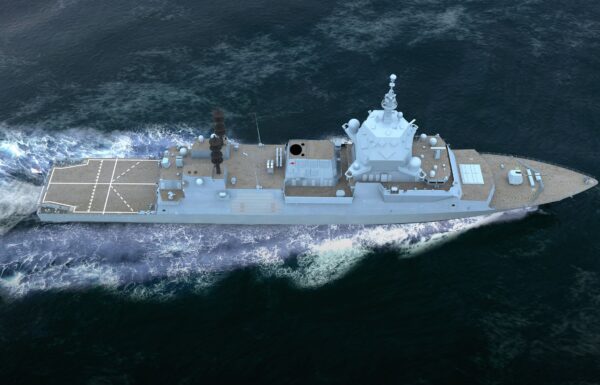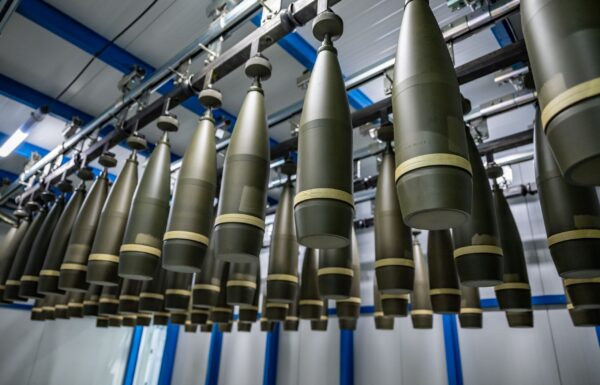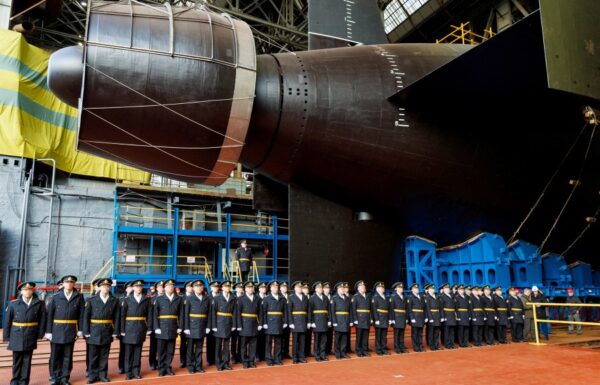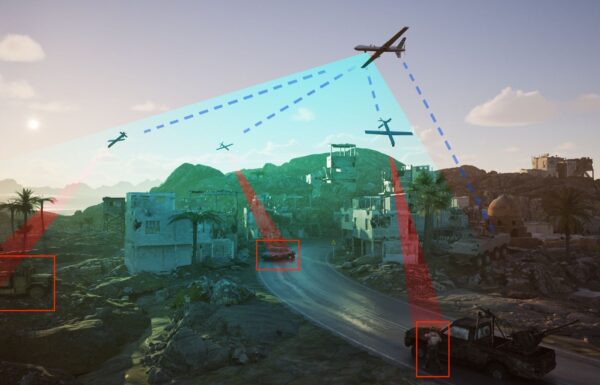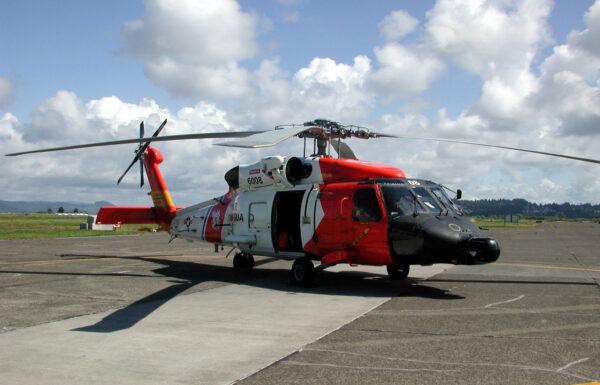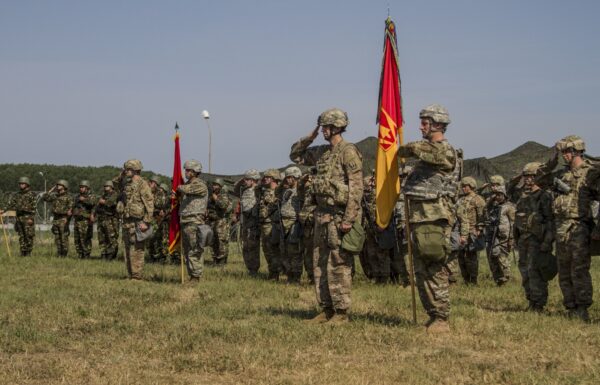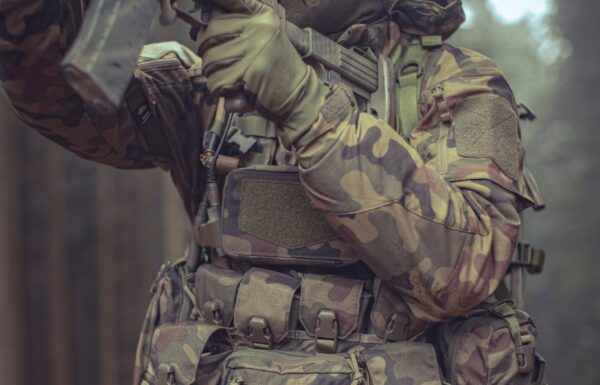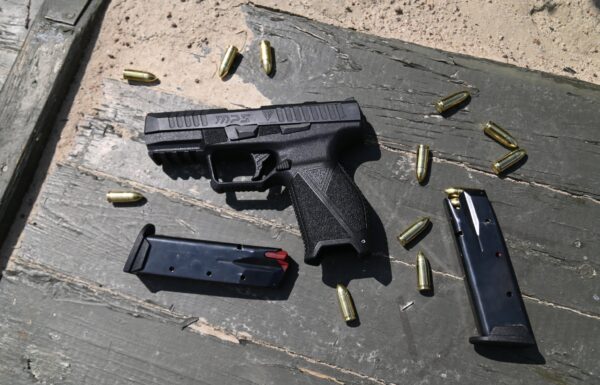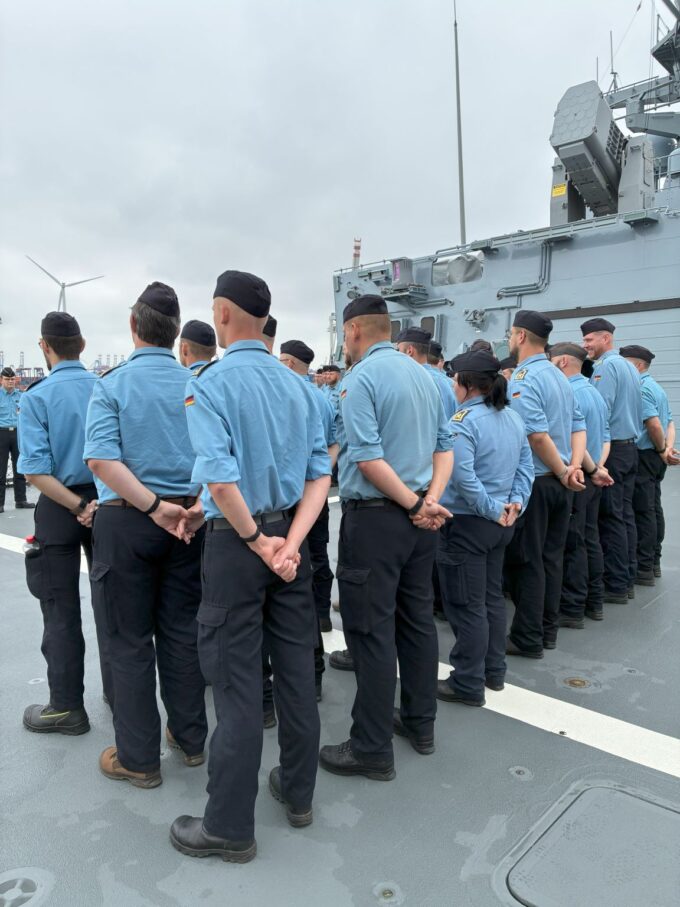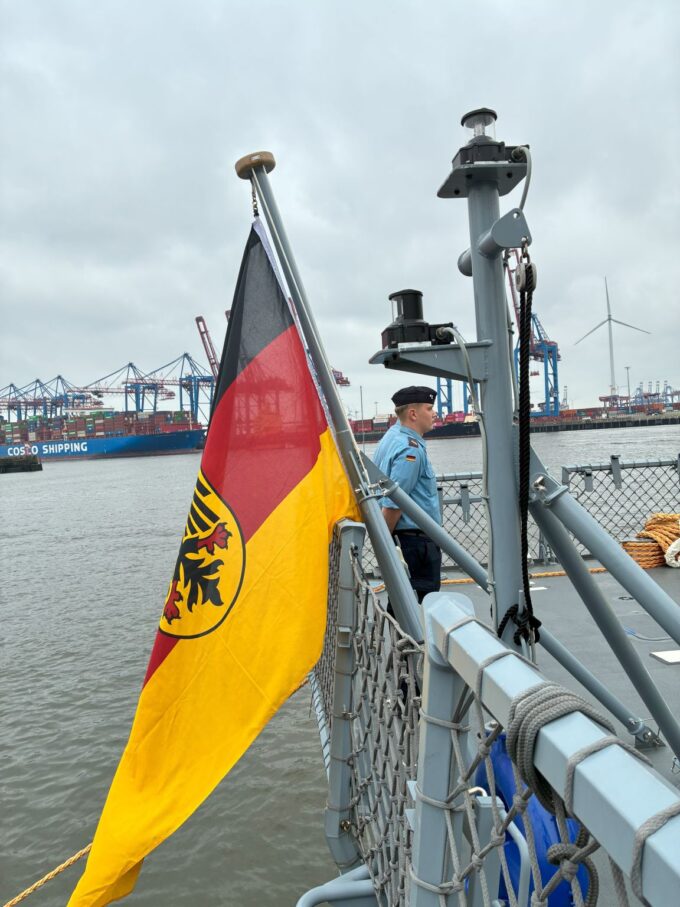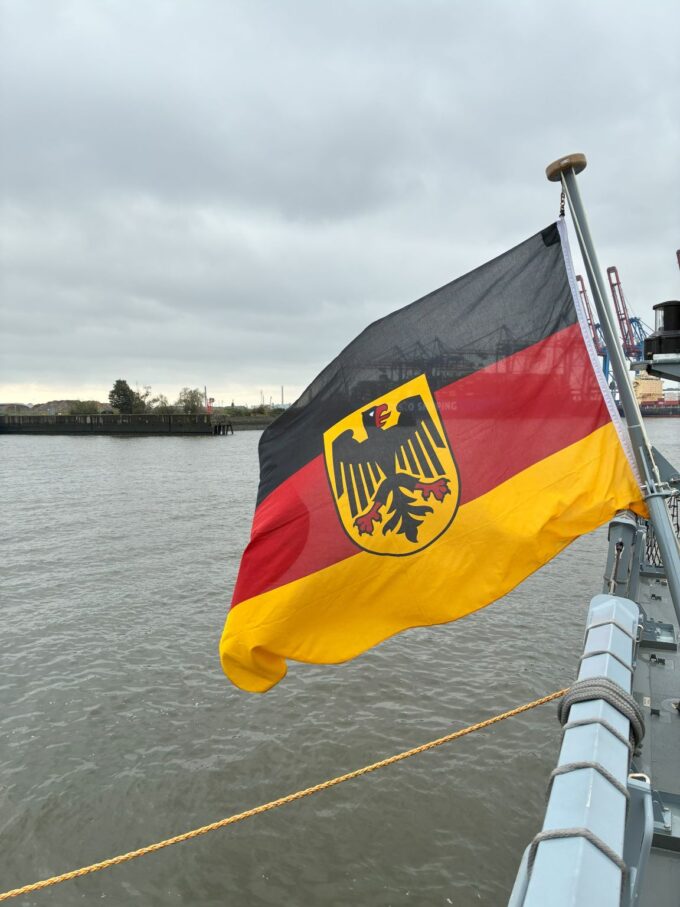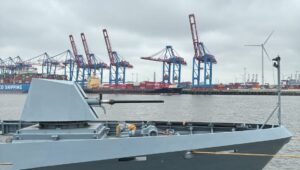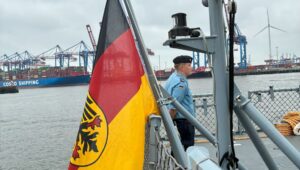On Friday, September 19, 2025, a commissioning ceremony was held at the Blohm+Voss shipyard (part of NVL Group) in Hamburg for the missile corvette FGS Köln (F 265), a second-batch K130 Braunschweig-class vessel of the MEKO A-100 (Mehrzweck-Kombination) series, entering service with the German Navy (Deutsche Marine).
 Photos: NVL B.V. & Co. KGNVL B.V. & Co. KG via LinkedIn
Photos: NVL B.V. & Co. KGNVL B.V. & Co. KG via LinkedIn
“Shipyard flag lowered, federal service flag raised: As of today, with the so-called small flag ceremony, the German Navy takes the helm of the corvette KÖLN. Following the EMDEN, it is the second of a total of five new corvettes with which the Navy can already set out on trial and training voyages and gain valuable experience in operational service. Meanwhile, the shipyard team continues to work with #BAAINBw and all partners involved to achieve the vessel’s full operational capability. With the small flag ceremony, together with our client we reach another important milestone on the path to delivery. We wish the crew of the KÖLN a good and safe voyage,” states Linkedin note.
Today, September 23, FGS Köln (F 265) entered its home port of Warnemünde in Rostock, in the federal state of Mecklenburg-Vorpommern. The vessel was ordered along with others in 2017. The keel was laid on April 25, 2019, and it was launched on October 30, 2020. On April 21, 2022, the ship was christened, after which it began harbor and sea trials as part of acceptance testing. The delay in entering operational service was also due to the vessel being used to train future crews of the second-batch corvettes.
The FGS Köln (F 265) and FGS Emden (F 266) are the first two corvettes of the modified design. In February of this year, sabotage occurred on board the latter when an unknown perpetrator dumped nearly 30 kg of metal shavings into the primary propulsion system, which was fortunately discovered before the scheduled start-up.
Earlier, in May 2024, the third corvette, FGS Karlsruhe (F 267), was christened. They will be joined by the Augsburg (F 268) and Lübeck (F 269), currently under construction. Meanwhile, the first batch of corvettes entered service between 2008 and 2013: Braunschweig (F 260), Magdeburg (F 261), Erfurt (F 262), Oldenburg (F 263), and Ludwigshafen am Rhein (F 264).
As reported on September 27, 2022, by the German magazine Europäische Sicherheit & Technik (ESUT), the program for building the second batch was delayed, depending on the unit, by 6–8 months up to 2 years, and costs increased by 401 million EUR. The problems stem from the integration of new systems.
Construction of the ships is overseen by the ARGE (Arbeitsgemeinschaft) K130 working group, consisting of Fr. Lürssen Werft GmbH & Co. KG (now Naval Vessels Lürssen – NVL Group; soon to become part of Rheinmetall AG) as lead, Thyssenkrupp Marine Systems (TKMS), and German Naval Yards Kiel.
The vessels measure 89.12 m in length, 13.28 m in beam, 3.4 m in draft, and displace 1,840 tons. They are powered by two MTU 20V 1163 TB 93 diesel engines, with a combined output of 14.8 MW, driving two shafts. This configuration provides a maximum speed of 26 knots and a range of up to 4,000 nautical miles at an economical speed of 15 knots. The crew consists of 65 officers and sailors.
Regarding the differences between the first and second batches, the new vessels are equipped with Hensoldt TRS-4D AESA 3D multifunction radars, complemented by MSSR 2000I interrogators, replacing the Cassidian TRS-3D PESA C-band radars and MSSR 2000 interrogators. Additionally, they feature 76 mm Leonardo OTO Melara 76/62 Super Rapid naval guns, replacing the OTO Melara Compact. Corvettes of both batches will receive Saab/UMS Skeldar V-200 Sea Falcon reconnaissance crewless helicopters, under a November 2021 contract for six units. Their core missile armament consists of four Saab RBS-15 Mk3 anti-ship missiles and two launchers for 21 RIM-116 RAM Block II surface-to-air missiles.
See also:


